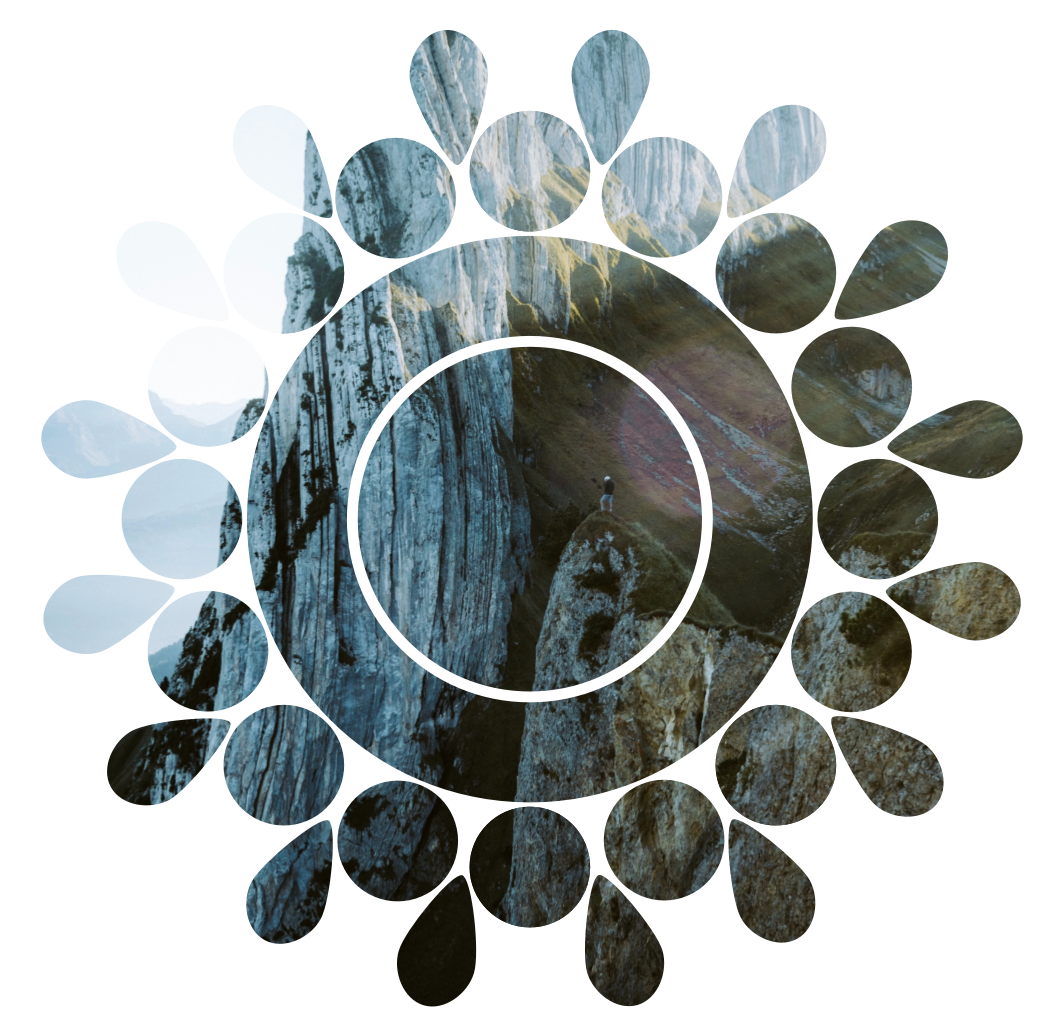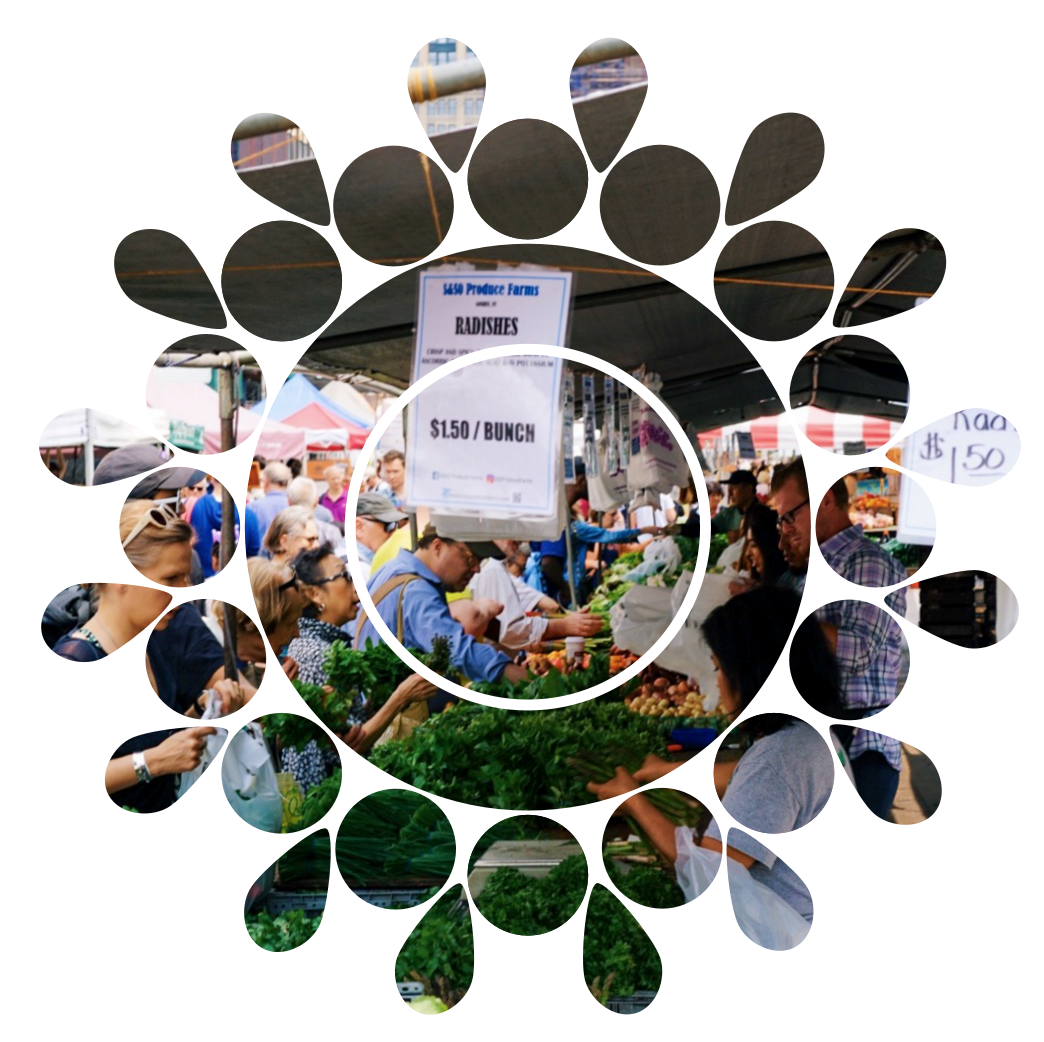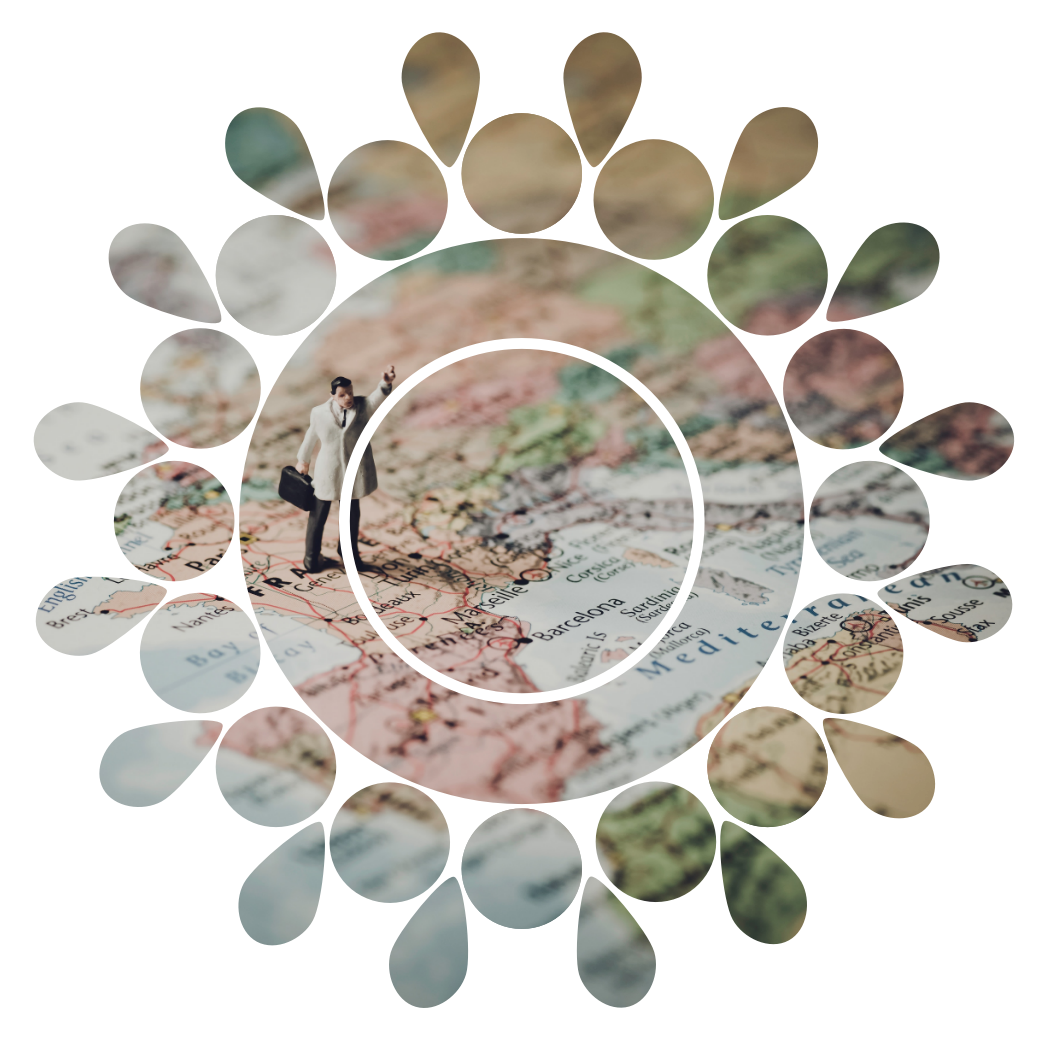The module ‘Poetics of Place’, which Jos Smith teaches at UEA, explores innovative and experimental forms of place writing, from the critical and theoretical to the literary and artistic. It takes in such subjects as psychogeography, ecocriticism, critical heritage studies, deep mapping, animal studies, and literary activism, while also considering a number of original works of literature from recent years, thinking carefully about the relationship between theory, method and form.
What follows is an outline of how Jos teaches the first half of the module, including the briefs given to students for the first four weeks (following an initial introductory week), and a note on the unusual first assessment task which students are set. Together this will hopefully give a sense of how students might be taught about place writing in a way which both engages them critically with an emerging body of contemporary non-fiction, and encourages their own creative responses.
The four weeks are designed as a unit, insofar as the first two weeks prepare the way and the subsequent two build on that work. ‘The idea,’ writes Jos, ‘is that with all four under your belt you’ll be ready to experiment with some slightly more self-reflexive and ambitious (creative-critical) place writing.’

Week 1. Invisible Cities: Narrating Place
“In this second week we’ll think about the relationship between language, narrative framing, description and place. How do different ways of articulating place influence our perception of place? You’ll have read some of Italo Calvino’s Invisible Cities in which the traveller Marco Polo tells the emperor Kubla Khan tales of the cities across his empire. Khan is inexplicably fascinated by Marco Polo’s stories. They contain something that he suspects will outlive his empire. Why does he feel this way? What is it about Marco Polo’s stories? What does the relationship between these two figures tell us about the relationship between place and writing? How do you read the unusual structure of the book? Why do you think Calvino divides it into ‘memory’, ‘signs’, ‘desires’ and later into ‘eyes’, ‘names’, ‘the dead’ and ‘the sky’. What other structuring devices strike you? Why are the cities of the book described as ‘invisible’? You will also have read some of R.F. Langley’s Journals which offer meticulous observations of place that gradually create their own linguistic and textual spaces. Could we understand these too as ‘invisible cities’?
In response you might think about what your own ‘invisible cities’ would sound like. Take a familiar place and try and animate it the way Marco Polo, or indeed Langley, does. How could you write the same place in different ways? What would you draw out differently if you framed it as ‘memory’, ‘desire’, ‘sign’? Is it the same place in each instance? What kind of techniques are you employing to make the invisible visible?”
Primary Reading:
Selections from:
- Italo Calvino, Invisible Cities. London: Vintage, 1997 [1972]. (excerpts)
- R.F. Langley, Journals. Manchester: Carcanet, 2006. (excerpts)

Week 2. Coastal Edges: Lyric Place
“Place is rarely so intensely felt as it is at its edges; and edges are rarely so intensely felt as at the coast. At once a limit that can isolate and an interface across which we can relate to, or anticipate, elsewhere, this week explores the work of two significant lyric poets writing at different times on either side of the Atlantic for whom the coast became so much more than just the edge of the land. In looking at the poets’ work we will contrast the different ways in which they put their locations to work with a remarkable linguistic inventiveness. Here landform feeds poetic form and poetic form articulates, performs and exposes the speaking voice at the edge of its own identity. How would you describe the different techniques these poets use? How do the different techniques relate to the coastal geography they describe? Why do you think these poets are drawn to write about the coast at these particular historical moments (W.S. Graham is writing immediately after the Second World War; Jorie Graham is writing at the turn of the millennium)? What cultural work does the coast do here as a liminal and littoral edge?
In addition to reading these poems, you may wish to read some of the essays below where literary critics explore what the coast has become in the hands of other authors too. In these and the poetry you’ve read, you may like to consider how significant the actual place is for the authors writing. Could you place any of these works? Does the intense compatibility between the lyric form and the coast as a liminal geography overwhelm any sense of local distinctiveness? Is there a transcendence that comes at the limits of place, where place opens onto global, connective spaces? Is the poetry of coasts, like the literature of the sea, ‘supra-national’ (Margaret Cohen)?
In response I’d like you to explore your own coastal lyric voice. Think carefully about what kind of resonance this liminal geography has for you. Go, if you can, to the coast and spend time there walking, sitting, swimming. What kind of coast speaks to you – estuarine, dunescape, saltmarsh, island, seaside town, fishing village, dockland, windfarm, rolling cliffs, edgelands? Are there ways in which you could put a more distinctive coastal geography to work, tempering the move towards transcendence? Bear in mind the previous week’s exploration of Calvino’s Invisible Cities – in what ways might your language put this landscape to work in different ways? How does the sense of edge, limit, interface and the liminal play out at the level of linguistic form – in syntax, line, line break, phrase, clause and subclause; in image, refrain, structure and surprise; in the personal or the impersonal.”

Primary Reading:
Selections from:
- Jorie Graham, Never. Manchester: Carcanet, 2002. (excerpts)
- W.S. Graham (from The White Threshold and The Nightfishing).
- Jonathan Culler on Hegel on lyric.
Week 3. Local Distinctiveness
“If, in the last two weeks, we explored the lyric or narrative imagination of the individual in relation to, and in tension with, place – the way writing about places reveals that places are always inflected with the personal and its distinctive perceptions, narratives, memories, desires and so on – this week we’ll discuss ways in which writing has been grounded in, routed through, and opened up on to, the distinctiveness of the place itself. In doing this we will consider the idea of the local critically.
Fiona Stafford traces the cultural preoccupation with ‘local attachment’ to its emergence in Romantic literature but shows that it arose in direct relation to the global expansion of publishing (Stafford 2010). Recourse to values, feelings and meanings that were grounded in distinctive geographies became what authors and works and even publics, wherever they might be, had in common. Stafford is influenced in this by Patrick Kavanagh’s definition of the ‘parochial’ (as distinct from the ‘provincial’). For Kavanagh, ‘parochial’ describes someone ‘never in any doubt about the social and artistic validity of his parish’. Kavanagh contrasts this to ‘the provincial’ which he describes as lacking in confidence and always in deferential relation to the distant centre of a wider nation or empire.
The idea of ‘local distinctiveness’ was coined and championed later by the arts and environmental charity Common Ground, a group emerging from Friends of the Earth in the late 1970s looking to bridge environmental activism and the arts and put to work that famous slogan ‘think globally, act locally’. So here, again, we see the local arising in surprising relation to the global. As such, we will consider the relationship of local works to wider scales of place (region, nation, planet).
In reading the excerpts from Kei Miller, think about the cultural and political connotations of being from inside and outside, the tensions between power and different kinds of knowledge. How do the different voices articulate place differently and what different values do they exhibit? In reading these poems, you might like to think about the range of sources that Miller draws upon to make his poem (make a list). How might you go about collecting an archive of sources for your own local work?
Set out a plan for your own work of local distinctiveness and consider some of the following questions. Does attention to local distinctiveness mean the curbing of personal voice? How does an interest in local distinctiveness play out in a method of research and fieldwork? What are we talking about when we talk about local distinctiveness? For an author, is it about a worthy sense of ethical responsibility to place? What about the free creative imagination? When does the local feel like a goldmine and when does it feel like a restriction? What makes a local work appeal to readers more broadly with no knowledge of the place in question? What makes a work fail this appeal?”
Primary Reading:
- Kei Miller, The Cartographer Maps a Way to Zion. Manchester: Carcanet, 2014.
- Sue Clifford and Angela King, ‘Losing Your Place’, in Sue Clifford and Angela King (eds.) Local Distinctiveness. London: Common Ground, 1993: 7-21.
- Patrick Wright, ‘Local Distinctiveness: On the Curiosities and Perils of the English Approach, in Sue Clifford and Angela King (eds.) Local Distinctiveness. London: Common Ground, 1993pp.37-47.
- Neal Ascherson, ‘The Failure of the Melting Pot’, in Sue Clifford and Angela King (eds.) Local Distinctiveness. London: Common Ground, 1993: 47-54.

Week 4. Pyschogeography and Deep Mapping
“This week we’ll be exploring psychogeography and deep mapping, two different but related methods of engaging with place. People argue over the finer points of what is and isn’t psychogeography today. I don’t want to get too bogged down in these debates. I’d like you to get a good sense of what psychogeography was, including some of its most prescriptive/proscriptive aspects, but then take it in your own direction, ignoring this. Please read the chapter by Merlin Coverly, ‘Psychogeography 1’ to get a sense of where the idea/practice has come from. It will also introduce some key terminology which I’d like you to get your head around.
The opening couple of chapters of Iain Sinclair’s London Orbital will also give a sense of how it has been inherited more recently. If you would like to read a little further into the subject, take a look at the next chapter from Coverly’s book which I’ll upload as well. The Sinclair excerpt is an excellent example of a project of psychogeography in action: he has a beef with the contemporary organised geographical environment so sets out to challenge and resist it with a carefully planned derive. You may like to compare it to the first few pages of ‘Last London’ in terms of style and voice. But psychogeography isn’t always so seething and paranoid as Sinclair – it can also be playful, curious and eccentric.
Disruption comes in all manner of different shapes and sizes. For this reason, I’ve also included some short readings about ‘deep mapping’ too, a more recent but related phenomenon. As with the material on psychogeography I have included a critical essay and an example of a creative ‘deep mapping’ project.
In addition to this week’s reading, when you feel you’ve got a good idea of what psychogeography and deep mapping are all about I’d like you to plan your own engagement with place in an environment of your choice. You might like to try a derive or you might like to plan a place-based intervention: either way, think outside the box. Whatever your particular interest, the key is to play with the idea of ‘constructing situations’ through movement in space that is sensitised to the different qualities of ambience in a given environment and/or the different layers of culture or history. Once you’ve planned and/or performed your derive the challenge is then to work out how you can turn this into a piece of writing. This is no easy task. I am asking you to be experimental, to try something new and take risks but I hope you will find it rewarding. You may wish to use this as the basis for your first formative.”

Primary Reading:
Psychogeography:
- Merlin Coverly, Psychogeography. Harringate: Pocket Essentials, 2010.
- Iain Sinclair, London Orbital. London: Penguin, 2002.
Deep Mapping:
- Karen Till and Iain Biggs, Mapping Spectral Traces. Blackburg: Virginia Tech College of Architecture and Urban Studies: 1–8.
- Toby Butler and Graeme Miller, ‘Linked: A Landmark in Sound, A Public Walk of Art’, cultural geographies 12 (2005): pp.77-88.
Assessment Task
At the end of these five weeks, students are asked to produce a place-based podcast, or radio essay, of between five and fifteen minutes in length. It is deliberately left open as to how students choose to interpret the idea of place in this assignment (natural, cultural, small, large, political, social, religious, gendered, etc.). Students are briefed as follows:
“In producing your podcast or radio essay, I’d like you to put to work a variety of the techniques we’ve explored so far on the course, both the more narrative/lyric elements of the earlier weeks and the kind of research methods we’ve been discussing in relation to local distinctiveness. You should gather a variety of sources, including voices not your own, but you’ll nonetheless need to think about structuring the whole in a manner that weaves together a lyric or narrative articulation of place. Balance is the key thing here. There are a very broad range of ways in which you can approach this from the creative to the critical, and from the experimental to the journalistic. Anywhere between these is fine, but wherever you situate your piece it should endeavour to bridge the skills developed in weeks 2 and 3 (lyric/narrative) with the ideas of weeks 4 and 5 (local distinctiveness, psychogeography and deep mapping).”
For inspiration, students can be pointed to the following three radio broadcasts (available on Box of Broadcasts, which many universities subscribe to), which show some of the range of different approaches they might take:
Sean Borodale, ‘Mighty Beast’, Between the Ears, Radio 3 (20 July 2014)
Paul Farley, The Electric Poly-Olbion, Radio 4 (31 October 2010)
Katrina Porteous, ‘The Refuge Box’, Between the Ears, Radio 3 (13 Dec 2008)
Students are also given a training session in the UEA Media Suite to introduce them to software they can use and provide help with the technical aspects of the assignment. Technical proficiency is not, of course, the point of the task; students are encouraged to make basic recordings on their phones and reassured that the quality of these recordings will suffice. What matters is creating something distinct and different.